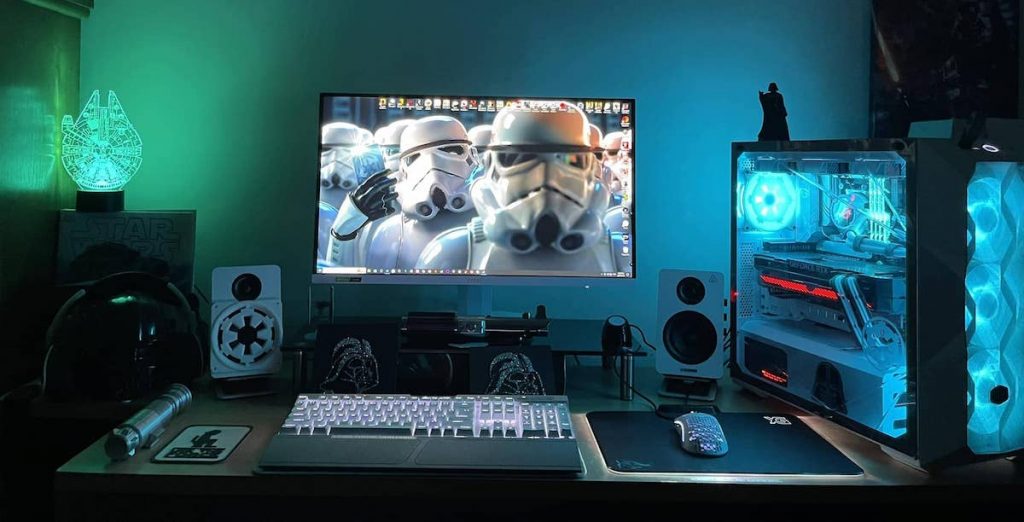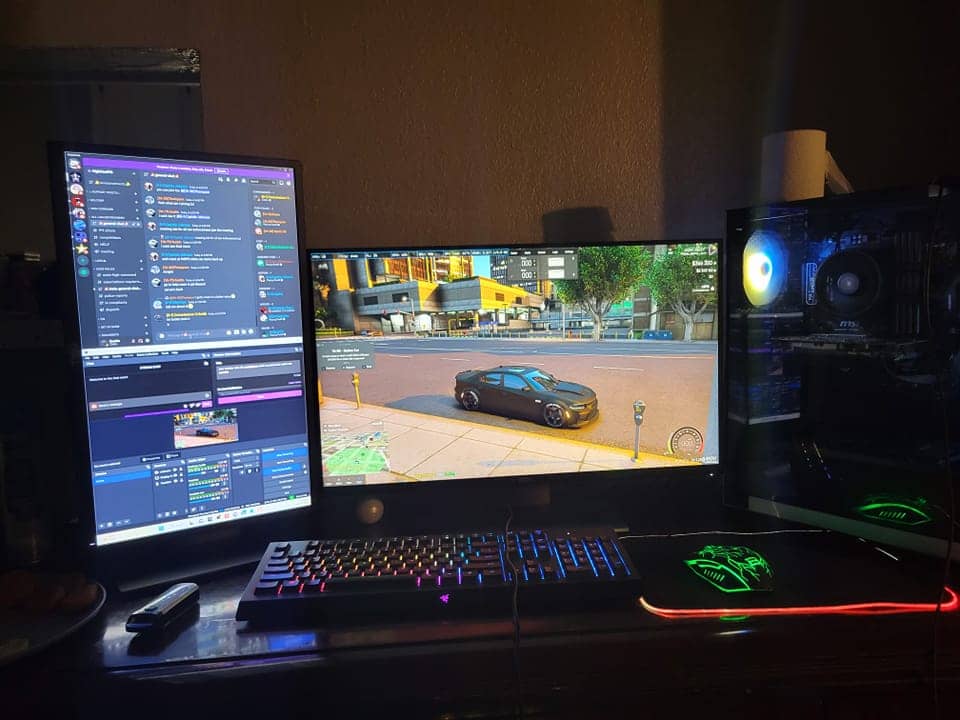Have you ever wondered why your games just look so darn smooth on a 144Hz screen? Well, buckle up because we’re diving into the history of how this refreshing technology became the standard in the gaming world! Hold on tight and get ready to learn the story behind the game-changing display technology!
From competitive gaming to video editing, a high refresh rate can make all the difference in the world. Imagine silky smooth images, with no stutters or lag, it’s like a dream come true! But how did we get here? How did 144Hz become the go-to choice for so many? Well, sit back and prepare to be amazed as we explore the history, the demand, and the technological advancements that led to this exciting moment in display technology. So, let’s get started on our journey to discover the story behind 144Hz screens and how they became the standard in the gaming and technology world!
- The 7 Best 1440p 144hz Monitors for Upgrade your battlestation
- The Ultimate 1440p monitor Showdown: LG 27GN800-B vs Asus TUF Gaming VG27AQ1A – Which one is better for you?
It all started with the rise of competitive gaming, where every millisecond counts. Gamers needed a display that could keep up with their lightning-fast reflexes and provide a more responsive, immersive experience. And so, the demand for higher refresh rates began to grow. But it wasn’t just about gaming, other industries also saw the potential of fluid and seamless displays. From video editing to animation and data visualization, a higher refresh rate was a game-changer for many.
A monitor’s refresh rate refers to the number of times per second the screen is redrawn. A higher refresh rate results in a smoother and more fluid display, as there is less lag between images. With a 60Hz monitor, you’ll typically see the image being updated 60 times per second. But with a 144Hz monitor, the image is updated 144 times per second, providing a much smoother visual experience.
The demand for higher refresh rate monitors started with the rise of competitive gaming, where every millisecond counts. A higher refresh rate makes it easier to track fast-moving objects and gives players a competitive edge by providing a more responsive display.
As technology improved, manufacturers started producing monitors with higher refresh rates, and 144Hz became the standard for gaming monitors. Today, 144Hz monitors are widely available, and many monitors even offer refresh rates up to 240Hz.
In addition to gaming, higher refresh rate monitors are also used for other applications that require fast, fluid displays, such as video editing, animation, and data visualization. The higher refresh rate provides a more seamless visual experience, reducing eye strain and making it easier to work for extended periods.
Visual Experience – Human eye can’t see more than 24 frames per second
The human eye has a limited frame rate, it doesn’t take into account the other benefits that higher refresh rates bring to the table. A higher refresh rate means less screen tearing, reduced input lag, and a smoother overall visual experience. So, even if the human eye can’t technically see the difference, the benefits are still there and can greatly enhance your overall experience.
And this is where the importance of 144Hz monitors comes in. The higher refresh rate provides a noticeable difference in fluidity and responsiveness, making it the go-to choice for gamers, video editors, and other professionals who demand a more seamless visual experience. So, while the human eye may not be able to see more than 24 frames per second, the improvements in technology and the benefits of higher refresh rates make 144Hz monitors the standard for many
Other reasons
But it’s not just about the visual experience, oh no. A higher refresh rate can also improve your performance in games and demanding applications. With less screen tearing and reduced input lag, you can react faster and make split-second decisions with greater precision. This gives you a competitive edge and can help you perform better in fast-paced games. It’s like having a secret weapon!
And here’s the cherry on top, with advancements in technology, 144Hz monitors have become more affordable and accessible. You don’t have to break the bank to enjoy the benefits of a higher refresh rate, and there are now many options to choose from, with varying sizes, resolutions, and features to suit your needs.
Why people prefer 1440p 144hz than the 1080p 240hz monitor?
People generally prefer 1440p 144Hz monitors over 1080p 240Hz monitors because they offer a better visual experience. With a higher resolution, you get a sharper image and more screen real estate – so you can see more on-screen action without having to zoom in. Sure, a 240Hz refresh rate might seem like a no-brainer for super smooth visuals, but the difference in actual gameplay might not be all that noticeable. Plus, 1440p monitors tend to be more demanding on your graphics card, which could affect your performance. And let’s not forget, 240Hz monitors with a 1080p resolution are usually more affordable. In the end, it comes down to what you value more – the sharpness and detail of a higher resolution or the lightning-fast refresh rate of a lower res monitor.
—-
So, there you have it, a brief but exciting history of how 144Hz became a standard for monitors.
The benefits were undeniable – less screen tearing, reduced lag, and a smoother visual experience. And the rest, as they say, is history. Today, 144Hz monitors are widely available and the technology continues to improve, offering even higher refresh rates for an even better experience.
Whether you’re a gamer or just someone who appreciates a smooth and seamless display, you can thank the pioneers who demanded more and pushed the boundaries of technology. So, here’s to the future of display technology and the exciting advancements that await us!


